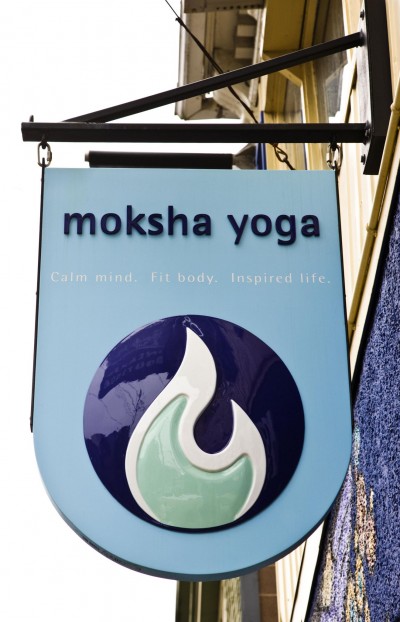By Allison Moz
In many downtown districts across Canada, revitalization efforts are being initiated to help rebuild prosperous and profitable city cores. As consumers’ spending habits have evolved beyond downtown over the years, to include shopping in suburban malls and buying goods online, many owners of downtown businesses have had to think creatively about how to protect—and further develop—their economic viability. This trend has spawned new partnerships between local business associations, municipal governments, urban designers and other creative professionals, such as signmakers, who are working together to envision and fulfil the potential of these urban environments.
The role for signmakers is momentous. Signage has a unique ability to bridge the gap between the technical functions of urban design and the cultural esthetics of a streetscape. Traditional signmakers are creative and skilful at articulating the quality and tone of an individual brand, understanding the subtleties of character and knowing what to understate and what to embellish.
Indeed, the old craft is experiencing a rebirth in today’s digital age. Everyday urban environments need to cultivate genuine emotional connections with the public to remain relevant. The ability to create a compelling environment, distinguish a brand and tell a story is the highest value of traditional signage.
Pierre Tardif, a sign painter based in Val-Belair, Que., is exemplary of this renaissance. By evoking a nostalgic spirit for the 1950s, his hand-painted sign lettering does not merely announce the name of a business, but also fosters social affinity for that business.
“People really love the classic, vintage lettering,” he says. “It wakes up something inside them.”
Sign designers need to bring both an attentive eye and an attitude of confidence to draw inspiration from the passion and pride of a specific community. Every sign should be as unique as a fingerprint.
Beyond being attractive or sturdy, a sign for a local business needs to first draw attention and then communicate a message and convey a feeling about the community and its culture. Signs that communicate in this way are designed and built with creativity and technical expertise, but also with an understanding of purpose and opportunity.
Authentic and sensitive
Achieving these aims with a single sign requires a focused and dynamic approach. Enthusiastic, driven and skilful sign designers, sculptors and painters can work together, contributing their strengths to each project. Clients need to be able to trust them with the responsibility of reflecting their identity and that of their community. To this end, a sign shop’s portfolio of high-quality projects will help establish authenticity and sensitivity to each client.
Further, today’s clients are increasingly becoming shareholders in the design process. Whereas 25 years ago, everything was done by hand and a client’s rough concept would be entrusted to a signmaker to design fully, today the client is likely to bring in detailed data on a Universal Serial Bus (USB) flash drive.







